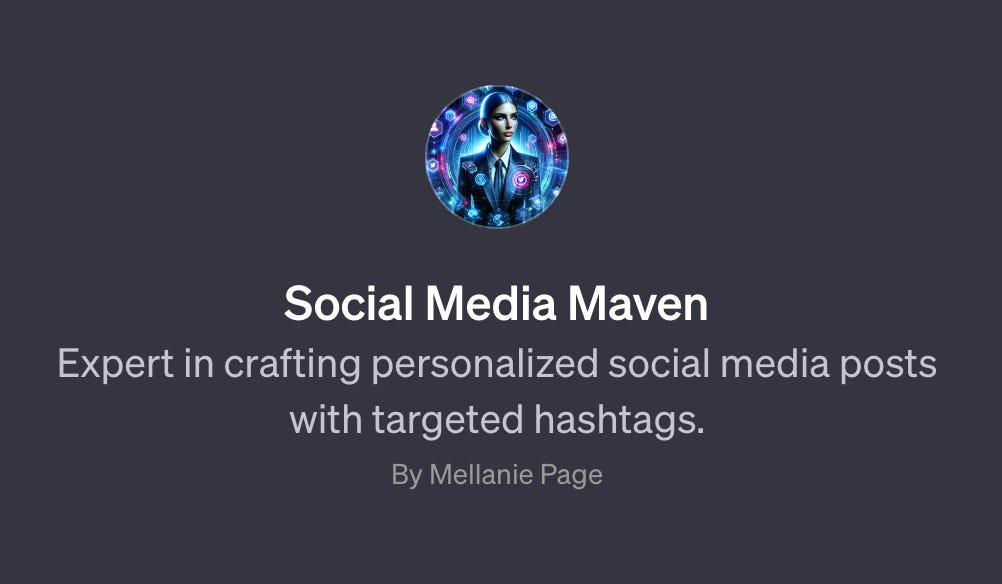As an entrepreneur, having a virtual assistant can make a huge difference in managing your workload and boosting your productivity. However, we don’t always have the means to hire one. What if I told you that you could create your own AI assistant using the newest GPT-4 technology? Intrigued? Let's dive in!
Image of my Virtual Assistant built with GPT Builder
Step 1: Understand GPT-4
What is GPT-4? GPT-4 is the latest iteration from OpenAI and stands for "Generative Pre-trained Transformer 4." It's basically a supercharged Google that can engage in conversation with you. It can be trained to learn your personality, your business, and your needs. ChatGPT-4 AI can write, summarize, answer questions, and even generate creative content.
Step 2: Access GPT-4
Gaining Access To start building your assistant, you need access to GPT-4. Currently, OpenAI provides access through its API. You can apply for access on the OpenAI website. As of yesterday, it looks like ChatGPT has paused enrollments for GPT-4, given the wave of interest in their GPT builder.
Step 3: Integrate GPT-4 with Your Systems
Integration Options Once you have access, you can integrate GPT-4 into various platforms. This can range from simple integrations like a chatbot on your website to more complex applications in data analysis, content creation, and customer service automation. My current use is leveraging GPT-4 as my virtual assistant.
Step 4: Customize for Personal Use
Tailoring Your Virtual Assistant The beauty of GPT-4 is its adaptability. You can train it on specific data and even customize its behavior, tone, and delivery cadence to suit your personal or business needs. Whether it's scheduling, email management, or content creation, GPT-4 can be tailored to assist you efficiently.
I’ve shared my writing samples, my personal interests, and my content pillars with my GPT to train it in my tone, personality, and objectives. I’ve also made the following request: When writing content, use SEO-optimized language and provide 15 hashtag suggestions (5 content, 5 audience, 5 industry).
Tip: Ask your GPT to interview you and ask you questions that help it create relevant content, respond more personally, and get to know you and your business better. This helps speed up your content finalization process and have a truly seamless experience.
Step 5: Implement and Iterate
Continuous Improvement Deploy your GPT-4 assistant and start interacting. Monitor its performance and collect feedback. Regularly update its training and fine-tune its responses to ensure it continually meets your needs. As your projects or objectives change, simply input new information and requests.
Why GPT-4 is a Game-Changer
Highly Advanced AI: With its deep learning capabilities, GPT-4 can handle complex tasks that other AI models can't.
Versatile Applications: From content creation to business analytics, GPT-4’s applications are virtually limitless.
Personalized Experience: You can customize GPT-4 to understand and respond to your specific requirements.
Tasks I’ve Delegated
“Draft a newsletter from these [unique ideas].”
“Repurpose the following content [from articles] to posts.”
“Use this [webinar transcription] to generate [X] posts for social media.”
“Help me design a nurturing email sequence that assists with selling [product, course, or service]. The first should include an introduction to my business (already trained).”
“Create a content calendar for the month focused on my content pillars, including topic ideas, relevant hashtags, and post format suggestions (video, single post, newsletter, etc.)”
Building a virtual assistant with GPT-4 isn't just about leveraging technology; it's about optimizing your workflow, enhancing creativity, and pushing the boundaries of what's possible in your business.
Let me know what you’ll try in the comments!




